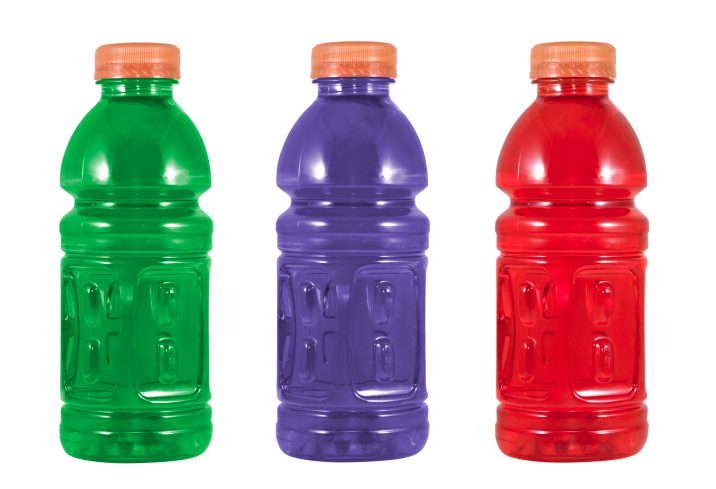Fuelling tips for sprint and olympic triathlons
Less may actually be more, and here is why

It can be overwhelming searching ‘race nutrition for triathlon’, to find multiple sources and opinions on how much you should take in while racing. Unfortunately, many of these posts are directed primarily to the big Ironman distance races. Leaving many beginner triathletes sick during their first sprint or olympic distance triathlon. Not because they didn’t eat, but because they took in too much! Here are few simple tips to keep in mind when looking into how to fuel your first triathlon.
Less is more. Here is why. Your body, when you consume carbohydrates will store any excess carbs as glycogen in the liver and muscles. This glycogen is readily available when called upon. So, if we consider a sprint or olympic triathlon we have to consider the race duration and what our needs might be when racing.
Due to the shorter distance, race day nutrition and fuelling puts a greater emphasis on nutrition prior to the race and not during. Getting in a well balanced meal the night before, with an emphasis on carbs is important. By emphasizing carbohydrates, you increase your glycogen stores. Come the morning it is important to try and stomach a light breakfast. For example a good place to start is oatmeal or some toast with jam. Oh, and don’t forget a nice ‘cup of Joe’. Or two. In your breakfast you are looking to avoid a large quantity of complex carbs. Complex carbs take longer to breakdown and depending on race time, this can be an issue.
Prior to the start of the race, it is not uncommon for some triathletes to take a gel or chew on electrolyte gummy. This is more of personal preference and something you should experiment with before implementing in a race.
During the race, you really don’t need to take on multiple bars, sport drinks or gels. Again, less is probably more. Now you do have to be aware of the weather, the course demands, and if/where aid stations will be provided. But here is a general guideline/suggestion of what you should take with you.
- Liquid: There are way to many sport/electrolyte drink mix’s out there to suggest one or the other. That really comes down to your preference in taste. Depending on the weather, for a 20km (sprint) or 40km (olympic) bike you are going to be fine with one bottle. Caloric content in your drink, you want to try to stay around 150 calories. Its likely that you will only drink half that in a sprint. Take little sips along the way. Take in too much, too soon, you may find your self with stitches during the run.
- Food: Try to avoid taking in hard food. This is only going to mess with your stomach. Your body is already under a lot of stress as you swim, bike and run as hard as you can for an hour to three hours. Asking your body then to breakdown a nice big granola bar, is only asking for trouble. Instead experiment with gels or gummies. These are easy, efficient ways of keeping your electrolytes high and provides quick easy carbs to your muscles so you can continue to put forth your best foot forward.
When planning your nutrition it is important to consider the temperature, your own physiological responses to training/racing, and the demands of the course. Ideally, it is a good idea to experiment with your nutrition a few weeks out from your race.
